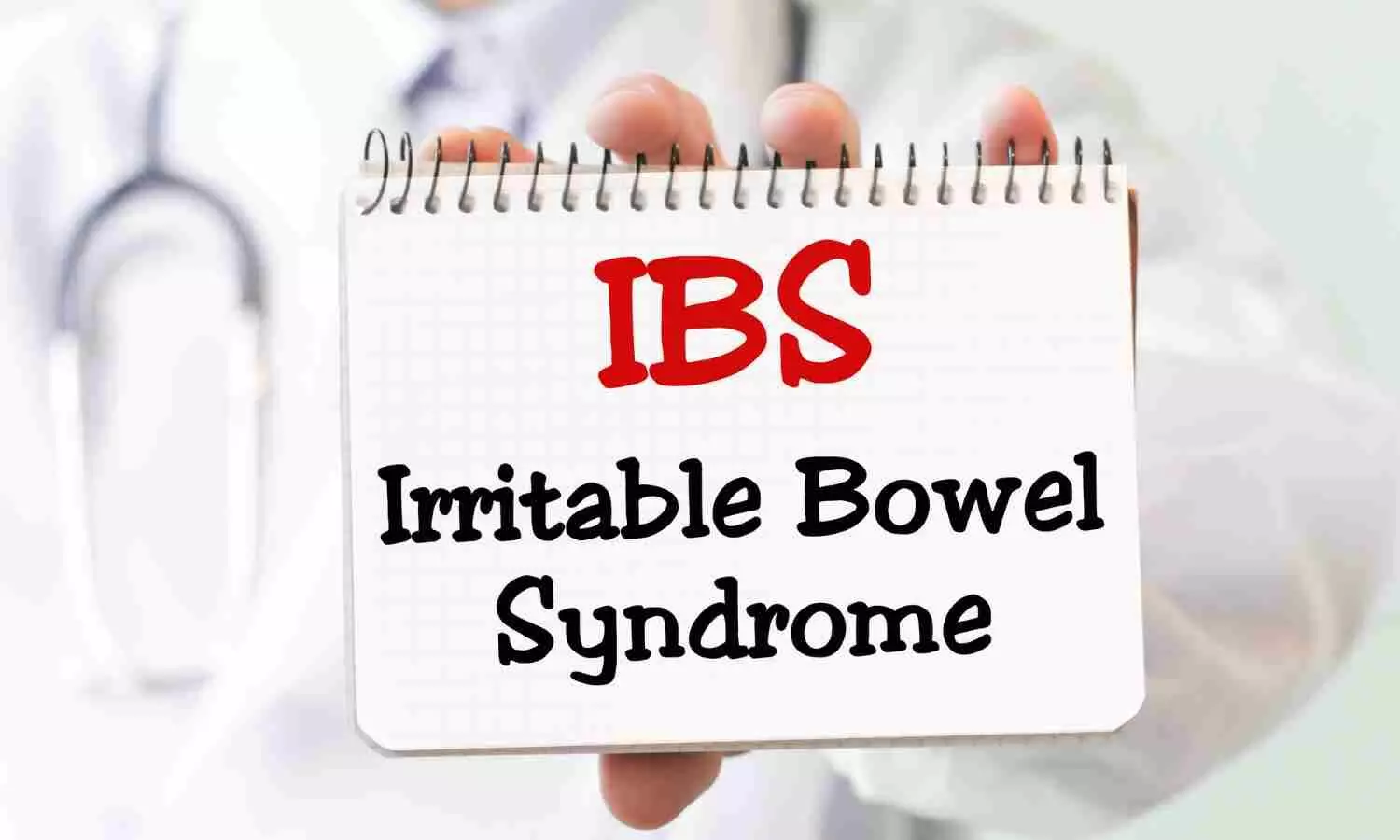USFDA issues EIR for Lupin Aurangabad facility

Mumbai: Global pharma major Lupin Limited has announced that it has received the Establishment Inspection Report (EIR) from the United States Food and Drug Administration (U.S. FDA) for its Aurangabad manufacturing facility.
The inspection was conducted from March 6 to March 15, 2024.
Read also: Lupin gets one USFDA observation for Aurangabad facility
The U.S. FDA has determined that the inspection classification of the facility is Voluntary Action Indicated (VAI). VAI means objectionable conditions or practices were found, but the agency is not prepared to take or recommend any administrative or regulatory action.
“We are pleased to receive the EIR with VAI status from the U.S. FDA as an outcome of the recent inspection of our Aurangabad facility. It is a testament to our commitment to consistently upholding the highest standards of compliance and providing high-quality healthcare solutions to patients worldwide,” said Nilesh Gupta, Managing Director, Lupin.
Read also: Lupin unveils first generic version of Oracea in US
Lupin is an innovation-led transnational pharmaceutical company headquartered in Mumbai, India. The Company develops and commercializes a wide range of branded and generic formulations, biotechnology products, and APIs in over 100 markets in the U.S., India, South Africa, and across the Asia Pacific (APAC), Latin America (LATAM), Europe, and Middle East regions.
The Company specializes in the cardiovascular, anti-diabetic, and respiratory segments and has a significant presence in the anti-infective, gastro-intestinal (GI), central nervous system (CNS), and women’s health areas. The company invested 7.9% of its revenue in research and development in FY23.
Lupin has 15 manufacturing sites, 7 research centers.
Powered by WPeMatico























